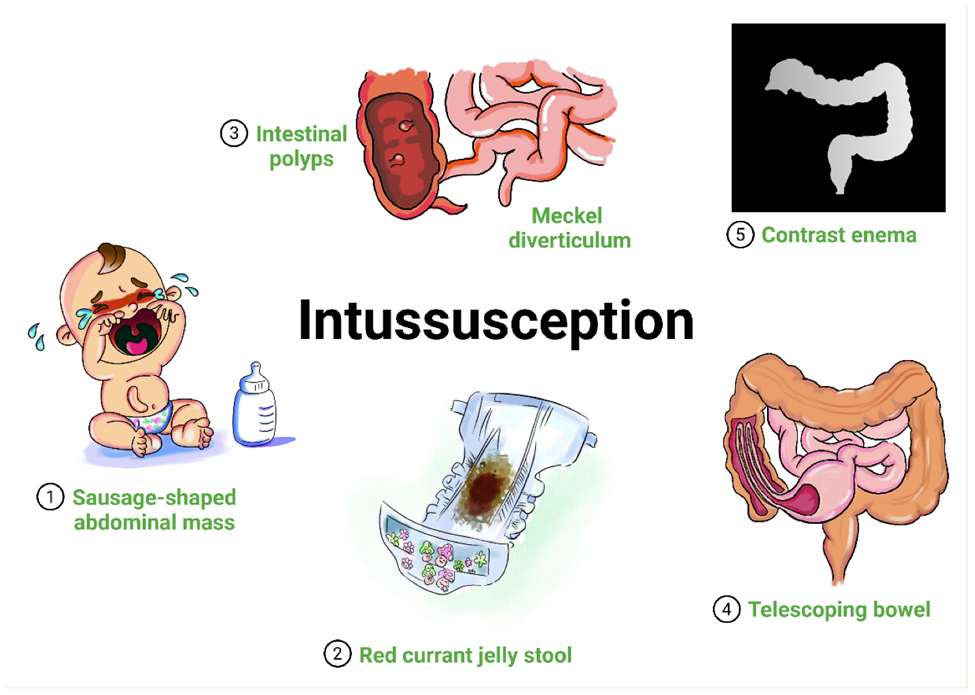A nurse in the emergency department is caring for a preschooler who has epiglottitis. Which of the following actions should the nurse take?
Place the child in a left lateral position.
Obtain a specimen from the child's throat for a culture.
Inspect the child's throat with a padded tongue depressor.
Initiate droplet precautions for the child.
The Correct Answer is D
A. Place the child in a left lateral position: Placing the child in a left lateral position is not the priority action for a preschooler with epiglottitis. Epiglottitis is a potentially life-threatening condition characterized by inflammation and swelling of the epiglottis, which can rapidly progress to airway obstruction. The priority is to maintain a patent airway and ensure adequate oxygenation.
B. Obtain a specimen from the child's throat for a culture: While obtaining a throat culture may be necessary to identify the causative organism and guide antibiotic therapy, it is not the immediate priority in the management of epiglottitis. Airway management and stabilization take precedence.
C. Inspect the child's throat with a padded tongue depressor: Direct visualization of the throat with a padded tongue depressor is contraindicated in a child with suspected epiglottitis. This action can trigger a gag reflex and potentially cause airway obstruction or exacerbate respiratory distress. Epiglottitis is a medical emergency, and any manipulation of the airway should be performed cautiously by experienced healthcare providers in a controlled setting.
D. Initiate droplet precautions for the child: Droplet precautions are appropriate for a child with suspected or confirmed epiglottitis due to the risk of transmission of the causative organism, usually Haemophilus influenzae type B (Hib), through respiratory droplets. However, the immediate priority is to secure the airway and provide respiratory support. Once the child's airway is stabilized, appropriate infection control measures, including droplet precautions, should be implemented to prevent the spread of infection to others.
Nursing Test Bank
Naxlex Comprehensive Predictor Exams
Related Questions
Correct Answer is C
Explanation
A. Polyuria
Polyuria, or excessive urination, is not typically associated with intussusception. This symptom is more commonly seen in conditions affecting the kidneys or urinary tract.
B. Scaphoid abdomen
A scaphoid abdomen refers to a concave or hollowed appearance of the abdomen, which is not typically observed in intussusception. In intussusception, abdominal distension and tenderness are more common findings.
C. Gelatinous red stool
Gelatinous red stool, often described as "currant jelly" stool, is a classic manifestation of intussusception. It occurs due to the mixture of blood, mucus, and bowel contents.
D. Generalized edema
Generalized edema, or swelling throughout the body, is not a typical manifestation of intussusception. It is more commonly associated with conditions such as heart failure or kidney disease.

Correct Answer is A
Explanation
A. Iron deficiency anemia: Whole milk is a poor source of iron, and excessive consumption of whole milk can displace iron-rich foods from the diet. Therefore, a toddler who consumes a large amount of whole milk and has a poor appetite is at risk for iron deficiency anemia due to inadequate iron intake. Iron deficiency anemia is characterized by low levels of iron in the body, leading to decreased production of red blood cells and impaired oxygen transport.
B. Vitamin A toxicity: While excessive intake of vitamin A can lead to toxicity, it is unlikely to occur from consuming whole milk alone. Vitamin A toxicity is more commonly associated with excessive intake of vitamin A supplements or foods that are rich in preformed vitamin A, such as liver. Therefore, vitamin A toxicity is not a significant risk for a toddler who drinks whole milk.
C. Impaired carbohydrate metabolism: There is no direct relationship between whole milk consumption and impaired carbohydrate metabolism. Impaired carbohydrate metabolism is typically associated with conditions such as diabetes mellitus or metabolic syndrome, rather than dietary factors like milk consumption.
D. Lactose intolerance: Lactose intolerance is the inability to digest lactose, the sugar found in milk and dairy products, due to a deficiency of the enzyme lactase. While excessive consumption of whole milk may exacerbate symptoms in a child with lactose intolerance, it is not a risk factor for developing lactose intolerance itself. Lactose intolerance is more commonly observed in individuals of certain ethnic backgrounds or those with a genetic predisposition.
Whether you are a student looking to ace your exams or a practicing nurse seeking to enhance your expertise , our nursing education contents will empower you with the confidence and competence to make a difference in the lives of patients and become a respected leader in the healthcare field.
Visit Naxlex, invest in your future and unlock endless possibilities with our unparalleled nursing education contents today
Report Wrong Answer on the Current Question
Do you disagree with the answer? If yes, what is your expected answer? Explain.
Kindly be descriptive with the issue you are facing.
